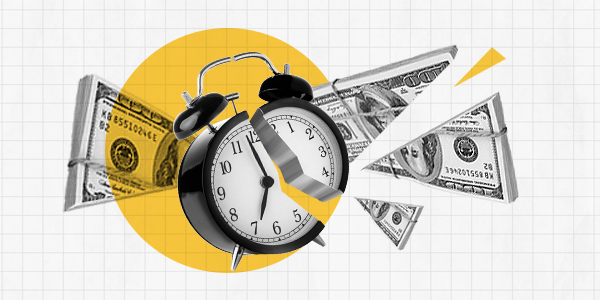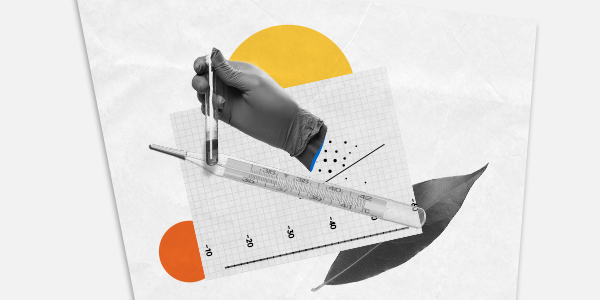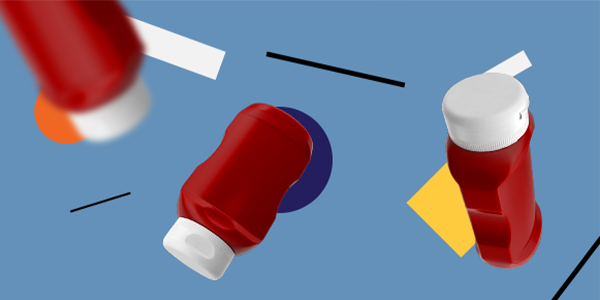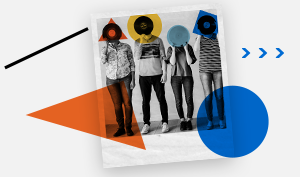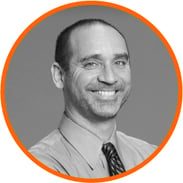 Jonathan Howard is an associate professor of neurology and psychiatry at Bellevue Hospital and NYU Langone medical center. He is the chief of neurology at Bellevue and the clerkship director for neurology at NYU. Jon specializes in treating multiple sclerosis and has worked every Sunday in the psychiatric ER at Bellevue for the past decade.
Jonathan Howard is an associate professor of neurology and psychiatry at Bellevue Hospital and NYU Langone medical center. He is the chief of neurology at Bellevue and the clerkship director for neurology at NYU. Jon specializes in treating multiple sclerosis and has worked every Sunday in the psychiatric ER at Bellevue for the past decade.
In this conversation, Kelly and Jonathan discuss his experience working in the hospitals and treating COVID-19 patients, the biases that can influence medical diagnosis. They also discuss the appeal and challenges of pseudoscientific beliefs.
Jonathan: When I got my COVID team, I said ‘we're not going to do any experiments on patients outside of clinical trials’. That was my attitude. Now, there might be some situations where that is actually the wrong thing to do.
A lot of patients are getting a lot of blood clots. I've never seen so many patients with hypercoagula. So we've seen young people with strokes. We have seen pulmonary embolism, when a blood clot that probably starts in your leg goes in your lungs, which is fatal often.
Some doctors feel that we should not really change our practice about how to prevent clots in these patients because this one virus doesn't change everything. If we put patients on more intense anti coagulation, we run the risk of them bleeding and that would be problematic. Other doctors say these patients are clotting left and right in front of me, I'm going to put everyone, or at least patients who I think are high risk, on a higher dose anticoagulation.
So we're having to make these decisions in real time without a study. Studies are being done, but they're not done yet.
What do you do? you could make two mistakes, you could fail to give one patient a proper dose of anticoagulation and they could clot with catastrophic consequences. Or you could be hyper aggressive and put your patients at risk of bleeding with also catastrophic consequences.
How do doctors balance those risks and make those decisions in the absence of evidence? Those are all questions I find interesting.

Kelly: One of the things that you've written a lot about is pseudo-scientific beliefs and the role that bias plays in magnifying those? How do you think people can potentially overcome those biases and why? Why do we have such pervasiveness of pseudo-scientific thinking?
Jonathan: I think for a lot of people, conspiracy theories are very comforting. Even if someone who is bad and evil and very powerful, at least someone's in charge, someone is directing this. Things aren't sort of randomly happening. If you take the view that I do that really no one's in charge and things are kind of random, bad things kind of randomly happen, that's when it's really scary, right? …We know this will end of course, this pandemic is not going to go on for the next hundred years, but we don't know how, we don't know when. And we don't know if it's going to end with a vaccine, with a viral mutation that makes it more benign, or with a lot more graves yet to be dug. And so I think the conspiracy theories really give people some sort of framework to think about things.
Kelly: Just building on your point about what conspiracy theories do, is that they help people have a sense-making mechanism. And so they go about searching for information to help make sense of all of this. And that's the role of people falling prey to quacks versus legitimate experts.
There's a couple of questions that I want to ask you - How should the average layperson make a distinction between a “quack”, how would they know that that person is a quack versus somebody who it seems as if they're putting forward a controversial but well thought out point of view to protect other people versus an expert? I'd also like to relay that to you.
One of the things that we talk a lot about, one of the challenges of science, and that's reflected in this in this book edited by James Kaufman and Alison Kaufman, is “experts playing in their own lane?. So how so? How should the lay person make that distinction between an expert and a quack? And then, how do make that distinction?
Jonathan: It can be very hard. A lot of experts have been very wrong about this disease. A lot of very smart, well-meaning people have made really wrong and potentially catastrophic predictions.
People who are clearly non-quacks, at least, to me. I think some of the quacks are sort of pretty easy to spot. I mean, Dr. Oz, Alex Jones and the very sort of far out there people. Though they have a huge audience and a lot of people feel that they're getting the truth, the unvarnished truth.
So how do you spot the experts? I suppose at this point, the most humble person, the person who says “I don't know the most”, is probably the one who I would trust the most, because there's so many mysteries about this disease, both on an individual level and on a larger level.
Kelly: One of the other things that I was curious about your point of view on is telemedicine and how that's changing so quickly.
Jonathan: There are going to be silver linings to all of this badness and I think the speeding up of telemedicine, something that would have taken a decade before, now took a month. I think that was a good thing.
It depends on what sort of field you practice. I imagine certain doctors could do 100% telemedicine, they might disagree with me but an endocrinologist treating diabetes or thyroid problems where the physical exam isn't superduper important; and then other doctors obviously you have to be in the room.
I think for me, it's been great at least with patients who I have known for many years and I know what they're like, and they can tell me if they're different and I don't have to start from scratch. It's a little bit hard to do a neuro exam via zoom or via Skype or what have you, but it can be done.
I think for newer patients, it's not quite as good because I don't feel I know them yet. And there are certain things that I can't do, like look in the back of their eye, hit their knees with a hammer, you know, as a neurologist, we really sort of value those low-tech high-yield physical exam things.
But from a patient's point of view it’s great. They sometimes have to travel an hour to see me and pay maybe $50 in parking. For some of our more disabled patients especially, getting transportation it might take two hours each way. So I think speeding that up will be very good.
Invariably, there'll be things that will be missed. There will be things that I will miss in a telemedicine visit that maybe I would have found in person. And it's still not as intimate, this is why we've chosen for as long as possible to meet face to face.
This is why telemedicine didn't occur already. But I think it will have all those advantages and you could potentially see patients from very far destinations and really change things and I think that'll be an advantage.







